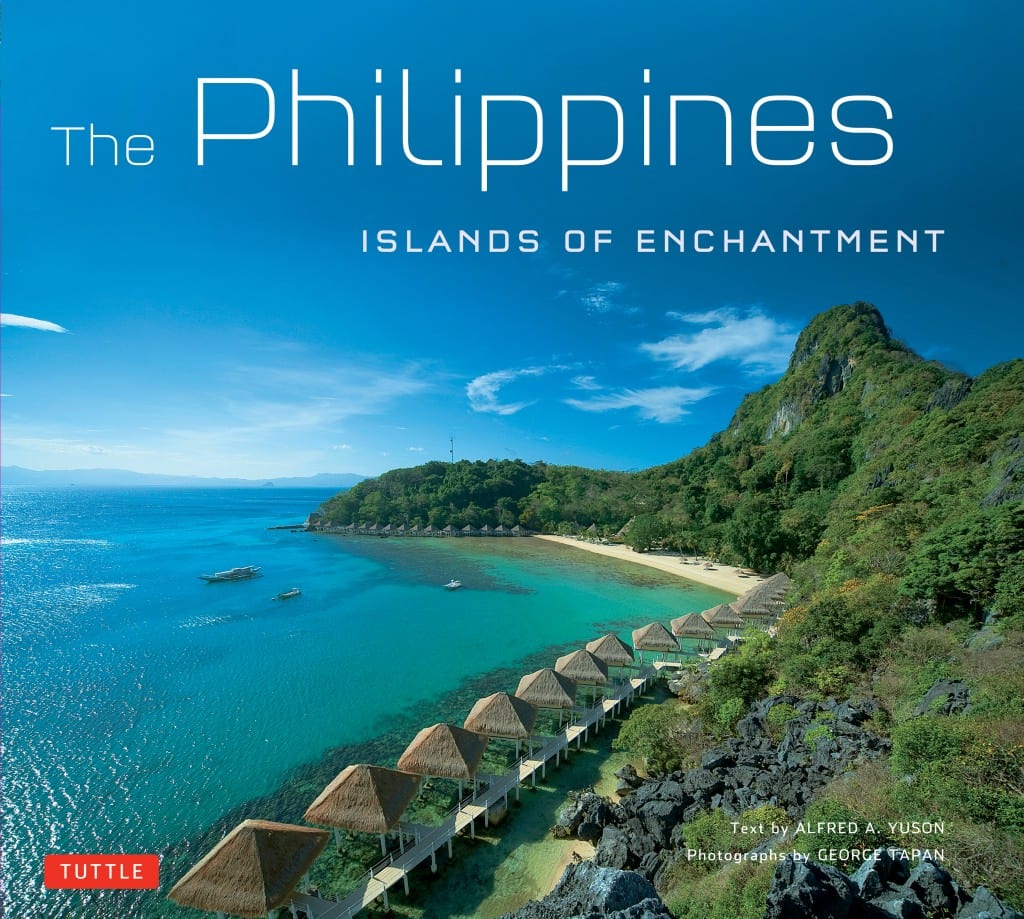
This strategic partnership is expected to go beyond the security dimension and urges the Philippines and Vietnam to cooperate more closely in areas that will deepen the ties between them.
Convergence of interests in preserving and promoting peace, stability and the rule of law in the South China Sea have paved the way for the establishment of the strategic partnership. However, the existence of common challenges is not the sole consideration for the strengthening of bilateral relations as it does not ensure the sustainability of a partnership. A strategic partnership anchored on the South China Sea issue is not the be-all and end-all of the relations. Equally important is the need to go beyond the South China Sea issue and develop the political, economic and socio-cultural aspects of the relations as national interests are not confined within the bounds of the security realm. This is aimed at further deepening cooperation, particularly in the areas of economic, agricultural, defense, and maritime engagement—areas that are truly vital to the strategic interests of both nations.
Engagement between the two countries will be sustained through increased dialogue at high levels. This is stated in the Joint Statement on the Strategic Partnership issued by the Philippines and Vietnam, which states that there will be an increase in the frequency and modes of bilateral exchanges at all levels, including political parties, heads of state and government, national agencies, the legislature, local government units, and technical working groups. A hotline between senior leaders is also to be established. Hence, the strategic partnership will facilitate avenues for cooperation and reinforce people-to-people links.
The strategic partnership is holistic and not just security-oriented. The Philippines and Vietnam are seeking to work closely together in the pursuit of common interests and objectives.
The partnership opens doors to broaden the two sides’ people-to people relationship. The bedrock of state-to-state relations is people-to-people linkages. Having a sense of appreciation and understanding of each other’s culture and values can potentially broaden and deepen mutual understanding between states and peoples. In 2014, amidst tensions in the South China Sea, Vietnamese and Filipino naval personnel played football, volleyball, and tug-of-war. Both sides displayed the importance of camaraderie through sports diplomacy.
The rise of bilateral and regional educational and cultural exchanges (e.g. ASEAN Youth Cultural Forum, ASEAN Youth Summit, ASEAN University Network Scholarships, joint Philippines-Vietnam human resource development and training cooperation programs), influx of tourists brought about by visa-free travel and direct flights between Manila and Ha Noi have also facilitated close interaction between peoples. Increased dialogues between and among the business sectors, experts and policy makers, and among other concerned stakeholders have paved the way for the sharing of best practices. Hence, experiences obtained from these opportunities could increase improved perceptions, preferences, and the capacity to make informed reactions among decision makers from both sides. These opportunities for interaction and cooperation contribute to confidence-building as sustained cooperation between states requires a high level of trust.
For the strategic partnership to be sustainable, both sides should also intensify their economic cooperation. Vietnam is a fast-growing developing country with a GDP per capita of USD 2,052.3 as of 2014.1 The country’s low wage and cost of utilities have attracted foreign direct investments, especially in the export-oriented manufacturing sector. This has helped Vietnam accelerate its economic growth to 6.0 percent in 2014. Vietnam’s main exports include telephones and mobile phones, textiles and garments, consumer electronics, footwear, crude oil and fishery.2 Moreover, Vietnam is one of the largest exporters of rice in the world (e.g. Vietnam supplies a third of the Philippines’ rice imports).3
As Vietnam’s government prioritizes the development of electronics, textiles, food processing, agricultural machinery, and tourism industries, it is seen to be a bright investment spot in Southeast Asia which the Philippines could take advantage of. Retail systems like supermarkets, traditional markets, shopping malls, and online services are identified as a developing sector in Vietnam. It is a potential market for investment activities along with the food and agricultural processing sector.4 Philippines-Vietnam economic relations could further progress when mutually favorable conditions for the entry and expansion of investments, in accordance with respective laws and regulations, are created and maintained.
Moreover, the easing of restrictions on foreign investment in real estate in July 2015 is expected to revive the property market in Vietnam. These developments will likely result in an upsurge in demand for well-planned residential and commercial properties, and therefore for professionals (e.g. architects, landscape designers, and engineers), technology transfer, and more importantly, investment in the infrastructure sector (including telecommunications and electricity services).
On the socio-cultural front, as ASEAN integrates, the need for English language services will be crucial. This is an opportunity for the Philippines to work with Vietnam in the field of education, particularly in English language skills training.
Beyond the strategic concerns, the two sides agree that other functional areas are ripe for further cooperation and engagement. In the years ahead, the Philippines-Vietnam strategic partnership should bear fruit for the peoples of the two countries and benefit the wider ASEAN region through shared peace and stability.